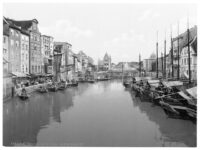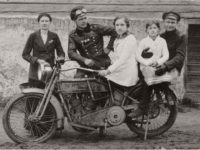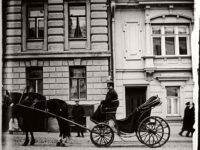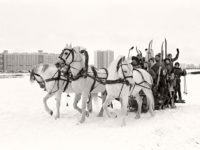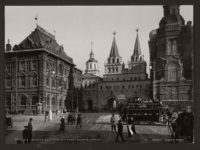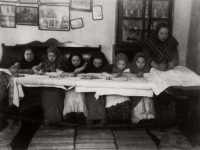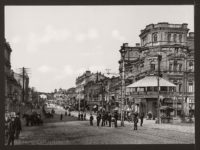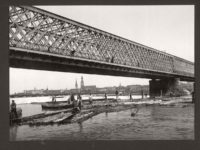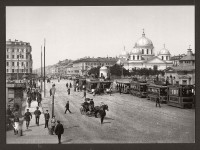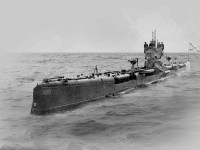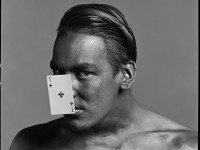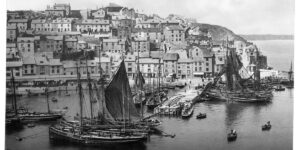Vintage: Historic B&W photos of Konigsberg, East Prussia (Kaliningrad, Russia) 1890s
After the First Partition of Poland in 1772, Königsberg became the capital of the newly formed province of East Prussia in 1773, which replaced the Province of Prussia in 1773. By 1800 the city was approximately five miles (8.0 km) in circumference and had 60,000 inhabitants, including a military garrison of 7,000, making it one of the most populous German…

